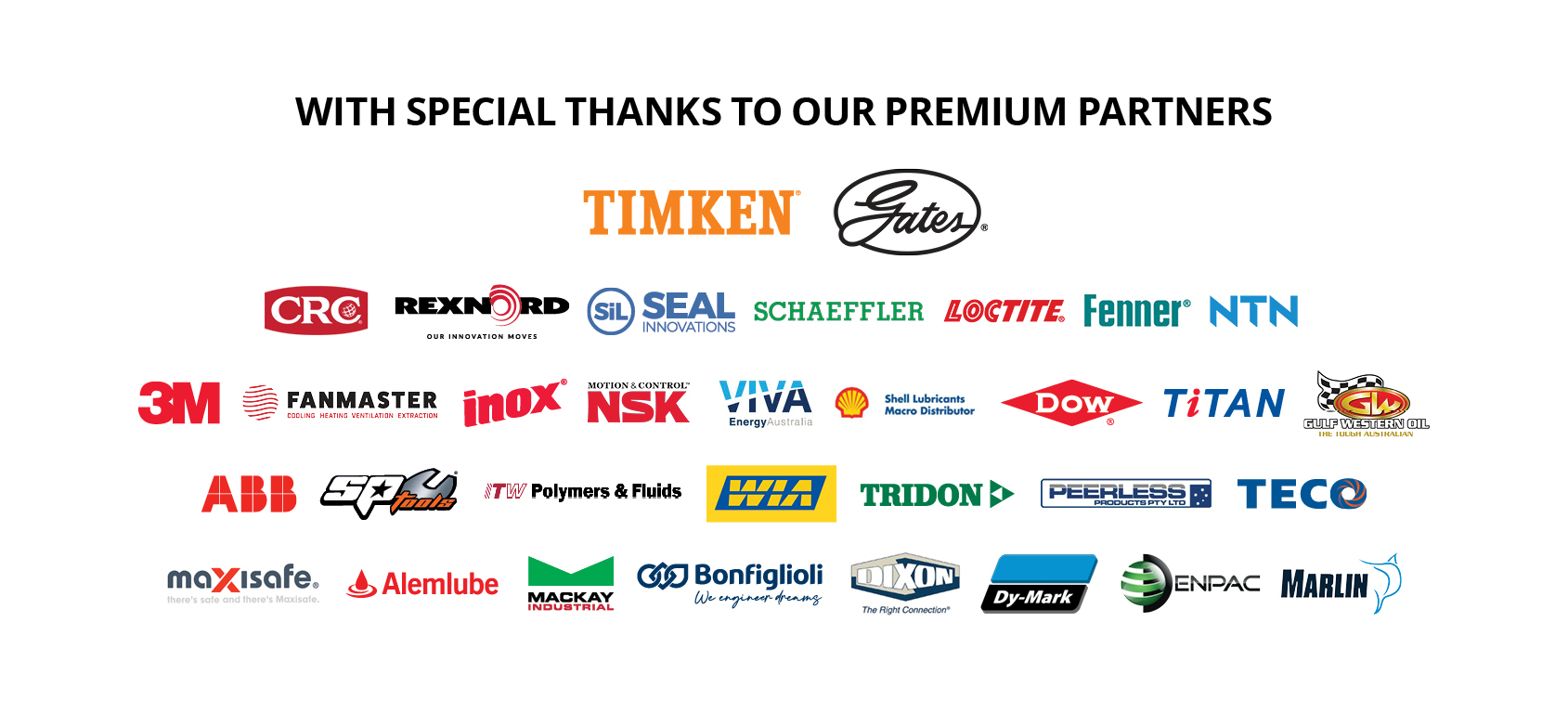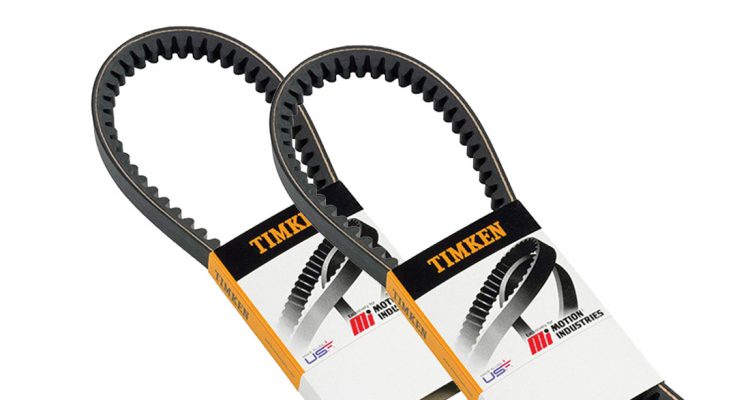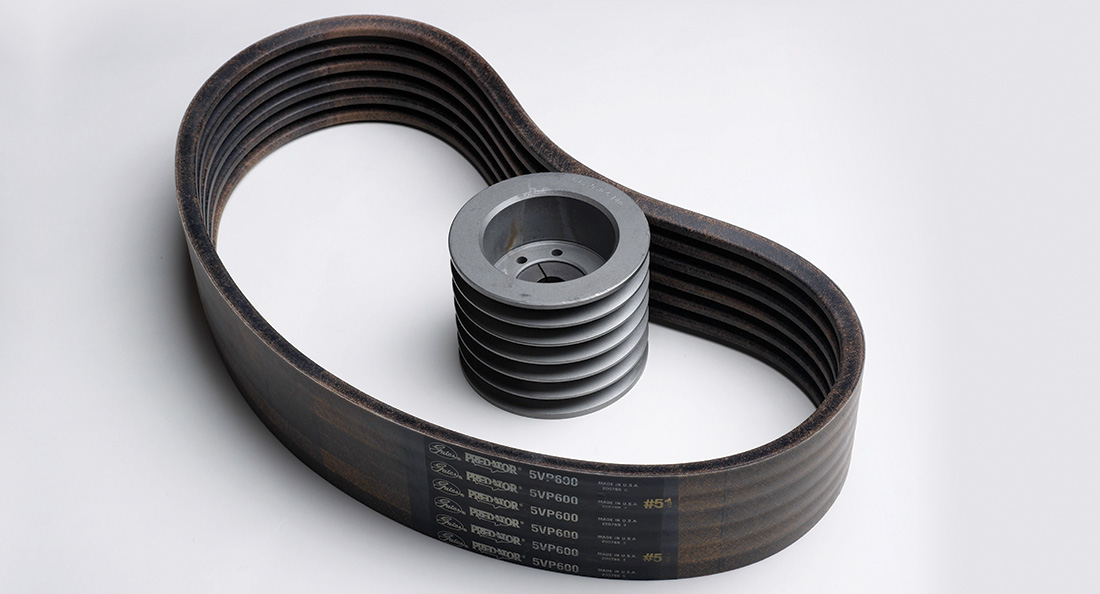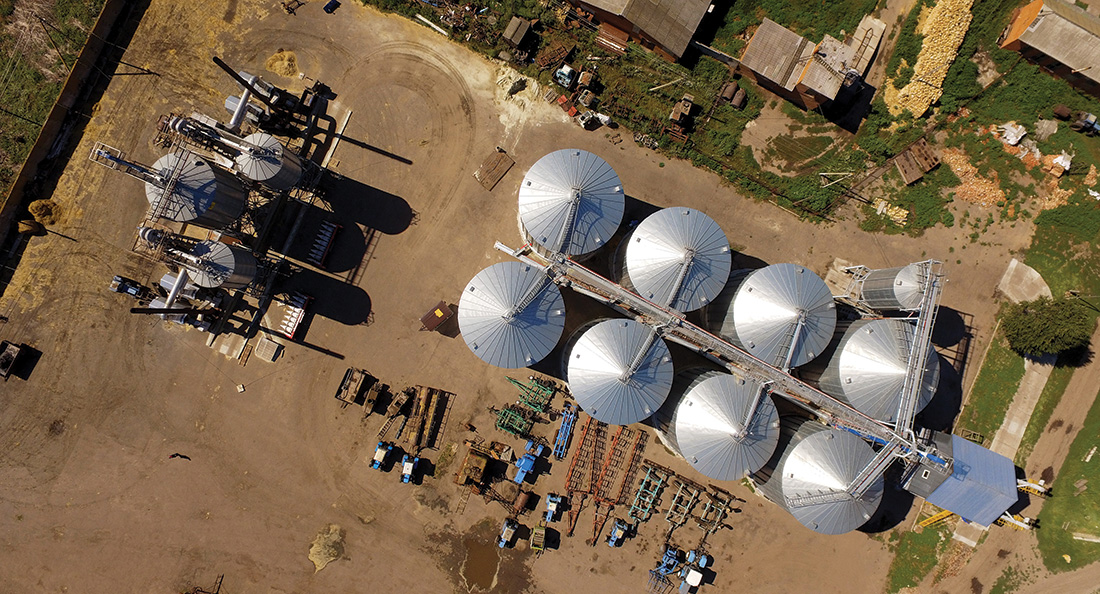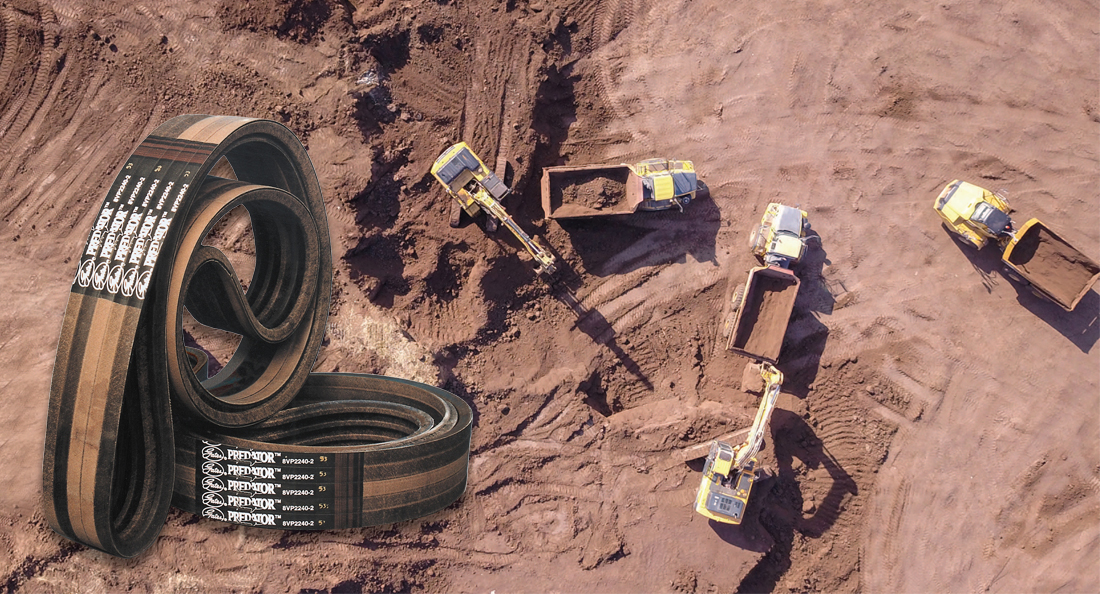Throughout his years of experience as Power Transmission Engineer with CBC Australia, Tony Voiklis had come to conclude that raw edge, or cogged, v-belts were not ideal for applications in harsh environments. That perception took a 180-degree turn when he learned about the superior performance of the Carlisle® Power-Wedge® Cog-Belt® by Timken.
As manager of power transmission applications in South Australia and Northern Territory for Industrial Solutions Australia – the largest distributor of power transmission products in Australia and CBC’s parent company – Tony often engages with sales teams across the Industrial Solutions Australia business network to provide them with product training.
The solution Tony says he often recommended to his customers and sales teams for drive belts in harsh conditions was to upgrade to heavy-duty or wrapped v-belts. While this ensured longevity under harsh conditions, these belts could be substantially dearer in cost compared to the raw edge Carlisle Power-Wedge Cog-Belt.
“Our experience with other brands of raw edge cogged belts was that when contaminated with dust and dirt in harsh applications, such as those in mines and quarries, these belts heated up quickly, which made the rubber material hard and brittle. This further increased risk of premature belt failure and created other problems such as the belts slipping excessively,” says Tony.
“But that’s not the case with the Carlisle Power-Wedge Cog-Belt by Timken,” he adds.
In 2015, the renowned U.S. belt manufacturer and one of CBC’s premium partners, Timken, acquired the Carlisle belt business – changing the brand name to Carlisle Belts by Timken. This gave Tony an opportunity to travel to the U.S. two years ago and inspect the Carlisle belt manufacturing plant in Springfield, Missouri, along with other CBC power transmission engineers.
That is when Tony says he learned more about what made the Carlisle Power-Wedge Cog-Belt different from its competitors.
“It’s the unique manufacturing process that Timken has in place, combined with the high-quality materials they use in production that makes their raw edge belts resistant to harsh conditions,” he says.
“Even though the basic material used in manufacturing a Power-Wedge® Cog-Belt is the same as what is used in many other raw edge belts, which is EPDM (Ethylene Propylene Diene Monomer) synthetic rubber, the Power-Wedge Cog-Belt has a higher temperature rating that helps them withstand up to 121ºC without cracking or stretching. They are also manufactured with high quality polyester cords and are rigorously tested as part of the production. This means all of the Power-Wedge® Cog-Belt family, including the SPZX, SPAX, SPBX and SPCX are built to resist hardening and glazing in harsh environments,” he further adds.
More importantly, Tony says the change in his perception came from learning that much of Timken’s business for raw-edge belts in the U.S. was concentrated around the agricultural industry. As a major supplier of belts to original equipment manufacturers in the agricultural industry, Tony says Timken’s Carlisle belts have already proven their superior performance in tough agricultural environments. “If the belts are good for agriculture, they are good for mining,” says Tony.
“Conditions in agricultural industry are very similar to those in mining in terms of the belt drives being exposed to heavy dust and dirt. The Carlisle Power-Wedge Cog-Belt by Timken has consistently proven its performance in the agriculture industry, both in Australia and globally.”
With his renewed confidence in the performance of Carlisle® raw edge belts with the Power-Wedge Cog-Belt, Tony Voiklis says he has already started re-educating his sales team about what sets Carlisle belts apart.
“I would encourage all experienced salespeople and maintenance specialists to give the Carlisle Power-Wedge Cog-Belt by Timken a chance and talk
to CBC or BSC experts about whether or not they may be the suitable choice for their application.”
Celebrating 100 years of the raw edge v-belt\
In 1921, Warren G. Harding became the 29th President of the United States, insulin was discovered, baseball’s World Series was broadcast on radio for the first time, and the predecessors of Timken Belts invented the raw edge v-belt.
Early v-belts were made of leather or balata and fabric, glued or riveted together. The materials evolved to natural rubber with a fabric covering, but the harsh demands of industry pushed for a better belt. The solution put forward by Carlisle® belts by Timken was a raw edge die cut v-belt. This revolutionary multiple ply neutral axis raw edge v-belt was a huge success. The new raw edge v-belt was soon transmitting power on automobiles, industrial machines, business equipment and household appliances. The gripping power of raw edge sidewalls increases energy efficiency and reduces vibration for extended component life. The raw edge construction also allows more cord width for increased horsepower capacity compared to wrapped v-belts.
